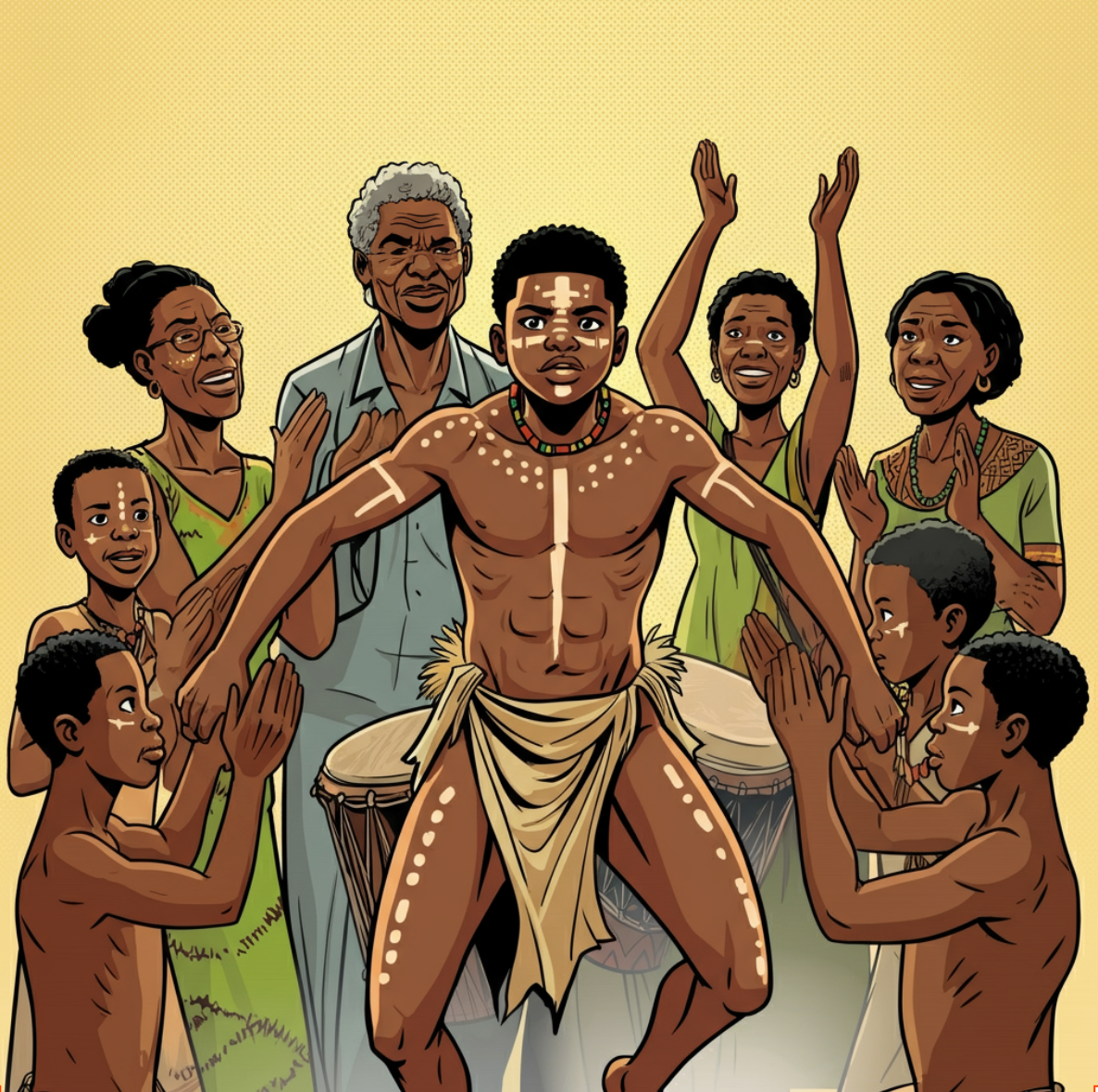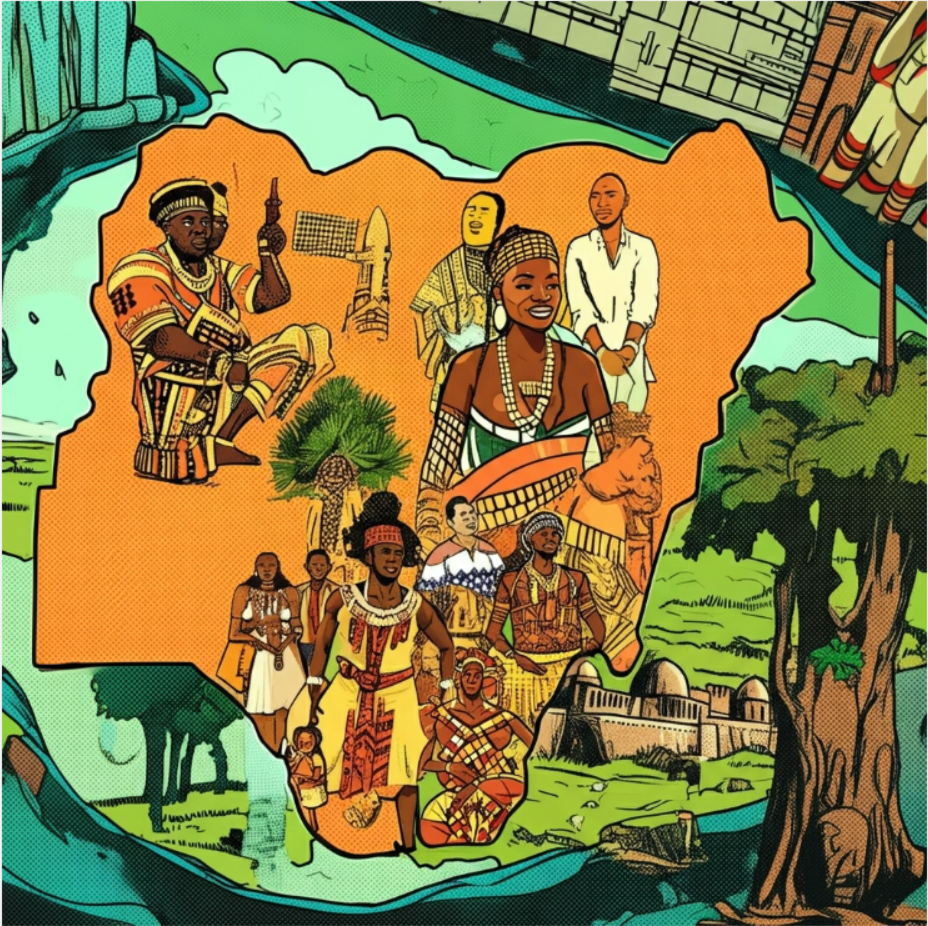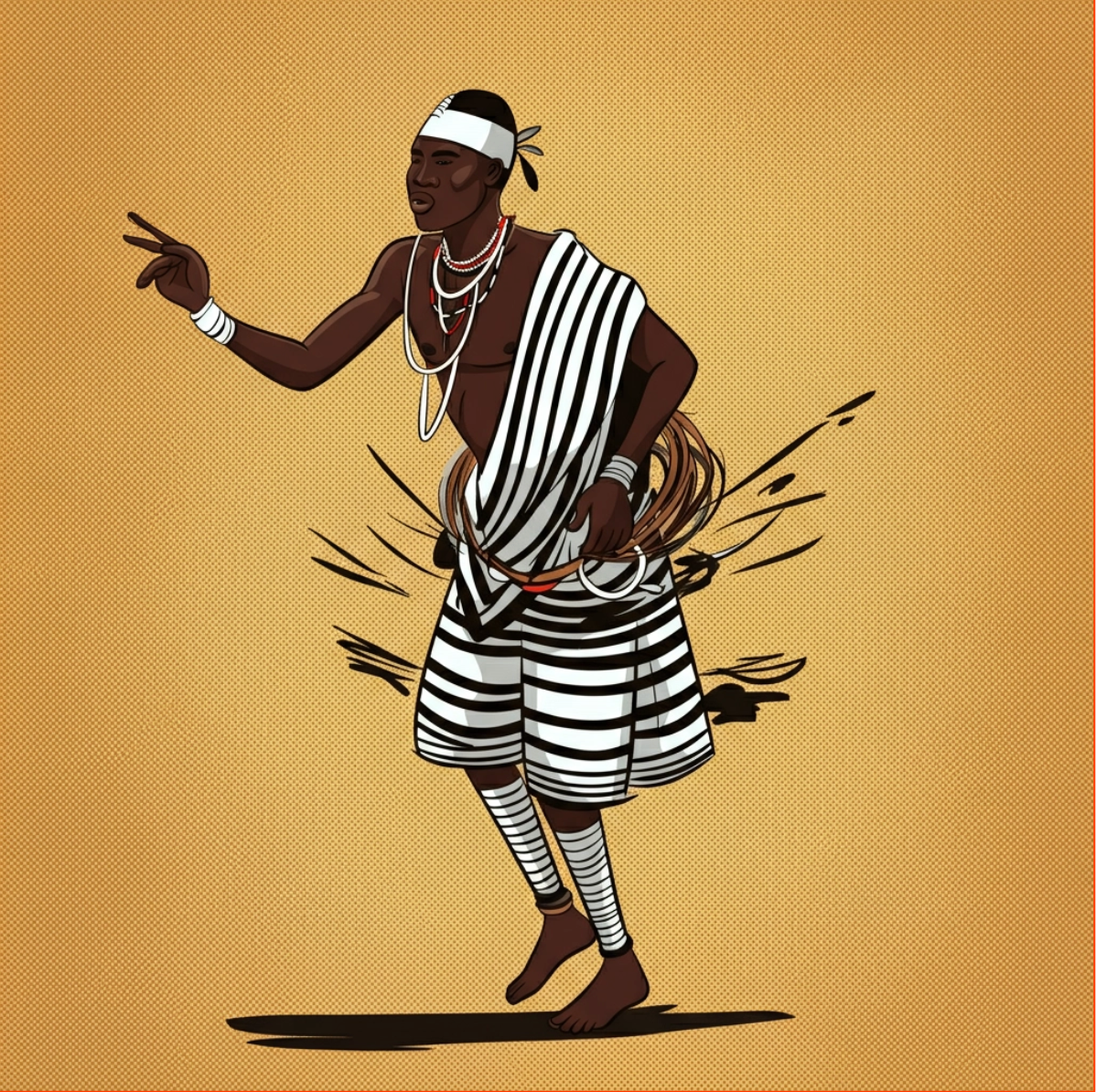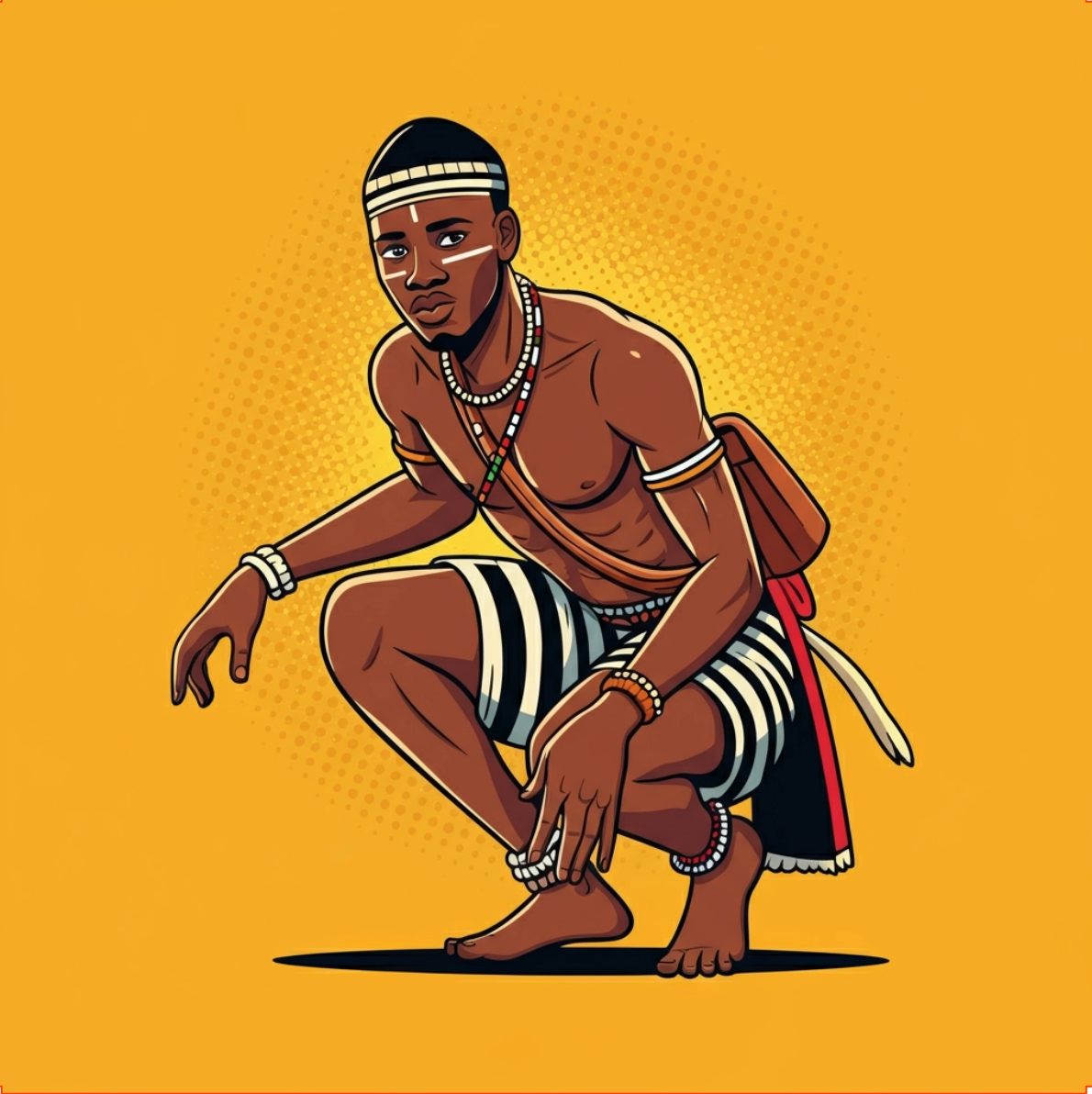Throughout history, the Tiv embraced unique customs that define their identity, strength, and beauty, which were once considered rites of passage that signified maturity, social status, and desirability. Though some of these practices have faded over time, they remain an integral part of the cultural narrative of the Tiv people.
These traditions are deeply rooted in Tiv history. Among these customs are circumcision, bodily markings, facial marks (Kusa, Ukase, Abaji), tummy scarification, teeth trimming and gap-tooth enhancement, and ear piercing.
Circumcision
Once healed, the boy would wear strands of beads as a symbol of his new status. He would proudly boast about his circumcision and taunt those who had not yet undergone the process, pressuring them to follow suit.
Facial Marks
Facial markings were an essential part of Tiv identity, originally intended as a means of distinguishing their people from neighbouring ethnic groups. Different types of facial marks existed, each carrying unique social and generational significance.
Ukari Marks: Originating from the Wukari town, these marks were smaller and placed strategically beside the eyes. They were believed to enhance masculine beauty and were especially favored by Tiv women, further intensifying the competition between different facial marking styles.
Teeth Trimming and the Gap-Tooth Craze
Teeth trimming was another aesthetic practice among Tiv men. Boys who wanted a gap between their upper incisors would seek out a specialist to chip their teeth. The trimmer would use a chisel and a round stone, often charging a fee in the form of tobacco or arrows.
After the procedure, warm water and boiled yams were used to soothe the pain. Once healed, a young man with a well-formed gap-tooth would flaunt his new look, teasing his peers who had yet to undergo the process. It was believed that a well-filed gap-tooth made a man more attractive, and boys would rush to have theirs done after seeing the admiration their friends received.
Tummy Scarification
For Tiv women, tummy scarification was a mark of beauty and strength. A girl’s mother would arrange for a specialist to create the marks once the girl reached puberty. The process involved carefully outlining patterns with charcoal before making incisions around the navel and up to the chest.
Women with well-formed scars took pride in their new status and often teased their unmarked peers. The Tiv believed these scars helped keep a woman’s stomach firm after childbirth, distinguishing them from women of neighbouring groups whose bellies became flabby over time.
Ear Piercing
Ear piercing was one of the earliest bodily modifications a Tiv boy could undergo and was a mark of readiness. Once he was mature enough to carry arrows, he was considered ready for ear piercing. The process involved massaging and softening the earlobe before inserting sharp wooden splinters to create the holes.
The wound was allowed to fester before being nursed back to health with regular cleaning. Once healed, the boy would insert ornaments, marking his transition into a new social status. Those without pierced ears were ridiculed and pressured into undergoing the procedure
In Conclusion
The customs of the Tiv regarding bodily modifications were their Rites of Passage that once defined social standing, beauty, and bravery. While some of these practices have faded, they played a crucial role in shaping Tiv identity. Today, modernisation and external influences have altered the perception of these traditions. However, they remain an essential part of the historical and cultural fabric of the Tiv people.
Understanding these practices gives us insight into the values that shaped Tiv society—strength, resilience, and the pursuit of identity. As modernisation continues, it is essential to preserve the history behind these traditions, ensuring that future generations appreciate the cultural significance of their ancestors' customs.











